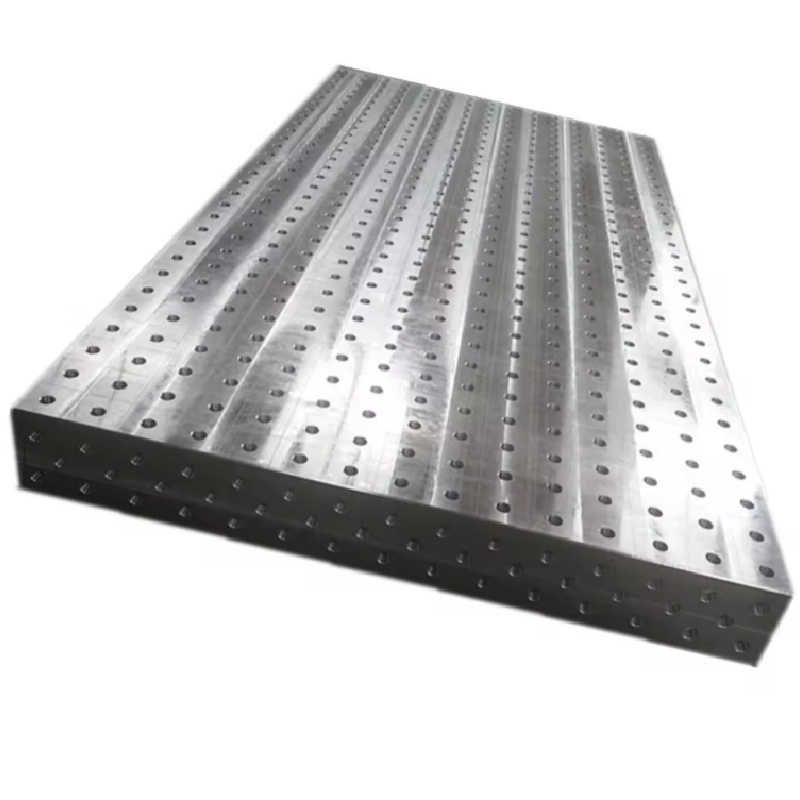Nov . 24, 2024 14:13 Back to list
Types and Functions of Water Gate Valves Explained for Better Understanding
Understanding Water Gate Valve Types
Water gate valves are essential components in various water management systems, serving as crucial mechanisms for controlling the flow of water. As the industry progresses, the technology and design of these valves have evolved, leading to a range of types that cater to different operational needs and environments. In this article, we will delve into the primary types of water gate valves, their applications, and their advantages.
1. Wedge Gate Valves
Wedge gate valves are among the most commonly used types in water applications. They feature a wedge-shaped gate that fits snugly in the valve body when closed, ensuring a tight seal and preventing flow. The main advantage of wedge gate valves is their ability to handle high pressure and temperature, making them suitable for various environments, including water distribution systems and industrial applications.
Applications Wedge gate valves are commonly found in municipal water supply systems, wastewater treatment facilities, and irrigation systems. Their robust design and reliability make them a preferred choice for infrastructure projects.
2. Parallel Slide Gate Valves
Parallel slide gate valves utilize two parallel gates that move in and out of the valve body to control flow. This design ensures a minimal turbulence and allows for smoother operation, especially in larger pipelines. Unlike wedge gate valves, parallel slide valves provide a more consistent sealing surface, which can improve longevity and reduce wear.
Advantages One of the key advantages is their low torque requirement for operation, which translates to reduced wear on the actuator and longer service life. They are particularly effective in applications where the flow rate must be controlled with precision.
Applications These valves are often used in large-scale industrial applications, such as power plants and large water treatment facilities, where high flow rates need to be managed.
3. Butterfly Valves
While not traditionally classified as gate valves, butterfly valves serve a similar purpose by regulating flow. They consist of a disc that rotates around a shaft; when the disc is parallel to the flow, the valve is open, and when it is perpendicular, the valve is closed. Butterfly valves are lightweight and compact, making them ideal for applications with space constraints.
Advantages The primary benefit of butterfly valves is their ease of operation and low pressure drop, making them efficient for many flow scenarios. They can also be used for throttling flow in addition to acting as a shut-off valve.
water gate valve types

Applications Commonly utilized in water supply, wastewater treatment, and fire protection systems, butterfly valves are favored for their straightforward design and ease of maintenance
.4. Knife Gate Valves
Knife gate valves are designed for applications that involve slurries or solids in the flow. They feature a sharpened gate that can cut through material, which makes them suitable for handling thick fluids and sludge. This type of valve is particularly valuable in wastewater treatment and mining industries.
Advantages The design allows for easy clearing of material that might accumulate around the valve, reducing the risk of clogging. They are also available in manual and automated versions, providing flexibility in operation.
Applications Knife gate valves are widely used in sewage treatment plants, paper mills, and chemical processing industries.
5. Pneumatic and Electric Gate Valves
Pneumatic and electric gate valves are operated using air or electric actuators, making them ideal for remote operation in applications where manual handling is impractical. These valves provide quick and reliable control over water flow, enhancing efficiency in operations.
Advantages The automation of valve operation improves safety and reduces the need for human intervention, leading to more consistent performance and reduced operational costs.
Applications They are frequently used in large-scale water distribution systems, where the ability to quickly control flow is critical.
Conclusion
The selection of the appropriate water gate valve type depends on various factors, including the specific application, pressure requirements, and environmental conditions. Understanding the different types of valves and their advantages can help ensure efficient water management and infrastructure systems. Whether deploying wedge, parallel slide, butterfly, knife gate, or automated valves, each type plays a pivotal role in the control and distribution of water resources in a safe and effective manner.
-
Y Type Strainer Maintains System Efficiency Long TermNewsJul.15,2025
-
Valve Selection Guide for Industrial ApplicationsNewsJul.15,2025
-
Steel Fab Table Provides Durable Work Surface for WeldingNewsJul.15,2025
-
Pad Iron Provides Stable Support for Heavy MachineryNewsJul.15,2025
-
One Inch Check Valve Fits Standard Plumbing SystemsNewsJul.15,2025
-
Measuring Micrometer Ensures Precise Dimensional AccuracyNewsJul.15,2025
Related PRODUCTS









